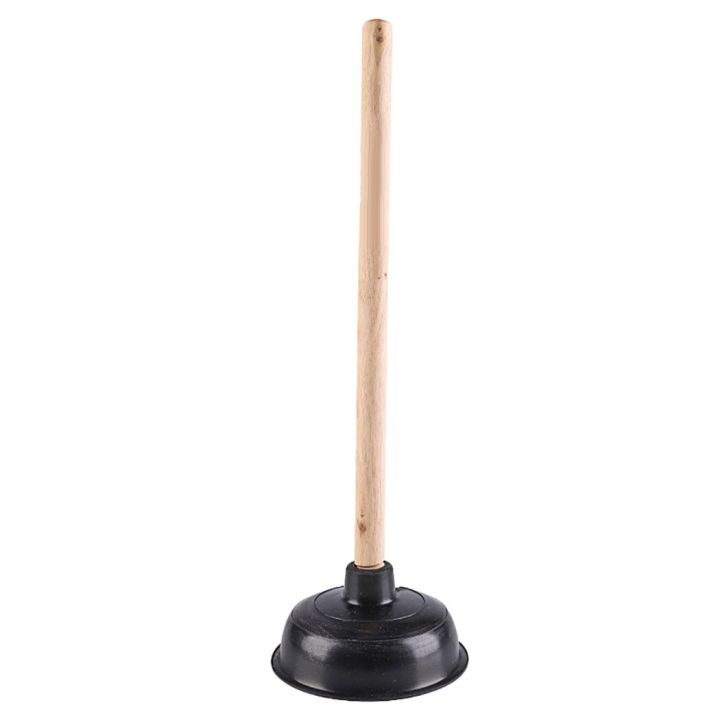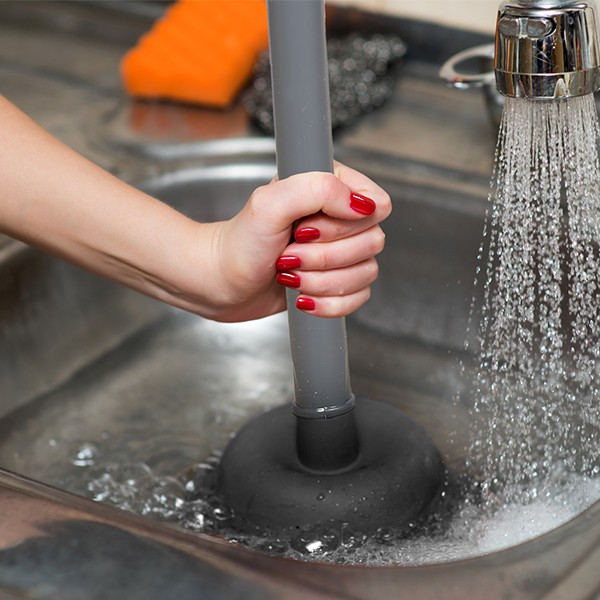Using Plunger and Drain Cleaner: Top Practices
Using Plunger and Drain Cleaner: Top Practices
Blog Article
Listed here down the page you'll find a bunch of very good additional info in relation to How to Use a Plunger to Unclog a Toilet or Drain.

Introduction
Proper maintenance of house drains pipes is important for avoiding blockages and making sure smooth water flow. One of the trick devices in every property owner's toolkit is the plunger, along with different drain cleansers developed to tackle persistent clogs effectively. This article discovers exactly how to make use of bettors and drain cleansers efficiently to maintain your drains pipes flowing freely.
Section 1: Comprehending Plungers
Sorts of Plungers
There are numerous sorts of bettors readily available, each made for different sorts of drains and clogs. One of the most common types consist of cup bettors, flange plungers, and accordion bettors.
Just How Plungers Work
Plungers deal with the concept of creating stress and suction to remove blockages. When properly applied over a drainpipe, they create a vacuum that can pull out particles or break up blockages.
Selecting the Right Bettor
Picking the appropriate plunger relies on the sort of drain and the nature of the clog. Cup plungers are ideal for sinks and bathtubs, while flange plungers are better suited for toilets as a result of their design.
Typical Blunders with Plungers
Staying clear of these mistakes makes certain reliable plunging: incorrect seal around the drainpipe, inadequate pressure, and not clearing surrounding particles.
Area 2: Utilizing Plungers Properly
Preparation
Before diving, guarantee the plunger covers the drainpipe totally and creates a limited seal. Clear any noticeable particles around the drain opening.
Method
Start with mild plunging movements to construct suction. Increase stress progressively, utilizing a constant rhythm. Repeat as essential till the drainpipe removes.
Troubleshooting Tips
If diving doesn't work, try adjusting the seal, using oil jelly for a much better seal, or using a various type of plunger.
Area 3: Recognizing Drainpipe Cleaners
Sorts Of Drain Cleaning Company
Drain cleansers can be chemical or enzymatic. Chemical cleaners use strong chemicals to liquify blockages, while chemical cleaners use all-natural enzymes to break down raw material.
Just How Drainpipe Cleansers Work
Chemical cleaners react with blockages to liquify them, while chemical cleaners break down organic products like hair and grease without damaging pipes.
Safety and security Considerations
Constantly use gloves and eye defense when making use of chemical drainpipe cleansers. Guarantee sufficient ventilation and adhere to supplier guidelines carefully.
Eco-Friendly Alternatives
Think about using vinegar and baking soda or enzyme-based cleansers for eco-friendly choices that are safer for pipelines and the atmosphere.
Area 4: Using Drainpipe Cleansers Effectively
Application Strategies
Pour chemical cleaners directly into the drain opening. Enable them to help the recommended time before flushing with warm water. Chemical cleaners ought to sit over night.
Preventative measures
Prevent blending various types of cleaners, as this can produce harmful fumes. Never ever utilize chemical cleansers along with a bettor, as spilling can take place.
Managing Persistent Obstructions
For consistent clogs, consider using a pipes serpent or calling a professional plumbing professional to stop damage to pipes.
Final thought
In conclusion, recognizing just how to use plungers and drainpipe cleaners effectively is crucial for preserving healthy and balanced pipes systems. By picking the right tools and methods, home owners can tackle minor clogs and protect against significant pipes concerns down the line.
4 DIY Ways to Unclog Drains
Wire Hanger
This age-old technique has been used by many an amateur plumber – to much success. Take any wire hanger, deconstruct its shape and leave a small hook shape on the end. Time to go fishing! Remove the shower or sink drain cover and snake the wire into the drain, wiggling and rotating it as you push it through. Dispose of the gunk that you remove and flush the drain with hot water. Rinse with a pan of boiling water for best results.
Plunger
Creating a suction in your drain can break up clogs caused by hair and soap residue build up. First, make sure you are using the correct type of plunger, one specifically for sinks or tubs. They are typically smaller than regular toilet plungers and often have a shallow suction cup. Regular plungers can work too but we’d recommend cleaning them first and finding a way to create better suction over the drain.
Baking Soda and Vinegar
This technique is a classic – and one of the most popular DIY drain unclog methods. Pour one cup of baking soda and one cup of vinegar down the drain and allow it to work its magic overnight. The next morning, flush the drain with boiling water. Repeat if necessary.
Drain Snake/Hair Clog Tool
If you know your clog is caused primary by hair, a drain snake/hair clog tool might be your best option. These tools can be purchased for under $10 at any hardware store and work well so long as the clog isn’t too deep in the drain.
https://www.callcatons.com/blog/four-diy-ways-to-unclog-drains/

Application Strategies
Pour chemical cleaners directly into the drain opening. Enable them to help the recommended time before flushing with warm water. Chemical cleaners ought to sit over night.
Preventative measures
Prevent blending various types of cleaners, as this can produce harmful fumes. Never ever utilize chemical cleansers along with a bettor, as spilling can take place.
Managing Persistent Obstructions
For consistent clogs, consider using a pipes serpent or calling a professional plumbing professional to stop damage to pipes.
Final thought
In conclusion, recognizing just how to use plungers and drainpipe cleaners effectively is crucial for preserving healthy and balanced pipes systems. By picking the right tools and methods, home owners can tackle minor clogs and protect against significant pipes concerns down the line.
4 DIY Ways to Unclog Drains
Wire Hanger
This age-old technique has been used by many an amateur plumber – to much success. Take any wire hanger, deconstruct its shape and leave a small hook shape on the end. Time to go fishing! Remove the shower or sink drain cover and snake the wire into the drain, wiggling and rotating it as you push it through. Dispose of the gunk that you remove and flush the drain with hot water. Rinse with a pan of boiling water for best results.
Plunger
Creating a suction in your drain can break up clogs caused by hair and soap residue build up. First, make sure you are using the correct type of plunger, one specifically for sinks or tubs. They are typically smaller than regular toilet plungers and often have a shallow suction cup. Regular plungers can work too but we’d recommend cleaning them first and finding a way to create better suction over the drain.
Baking Soda and Vinegar
This technique is a classic – and one of the most popular DIY drain unclog methods. Pour one cup of baking soda and one cup of vinegar down the drain and allow it to work its magic overnight. The next morning, flush the drain with boiling water. Repeat if necessary.
Drain Snake/Hair Clog Tool
If you know your clog is caused primary by hair, a drain snake/hair clog tool might be your best option. These tools can be purchased for under $10 at any hardware store and work well so long as the clog isn’t too deep in the drain.
https://www.callcatons.com/blog/four-diy-ways-to-unclog-drains/

I was shown that write-up about How to Use a Plunger to Unclog a Toilet or Drain through a friend on a different web blog. If you appreciated our blog post kindly remember to share it. Thanks for being here. Return soon.
Request Estimate Report this page